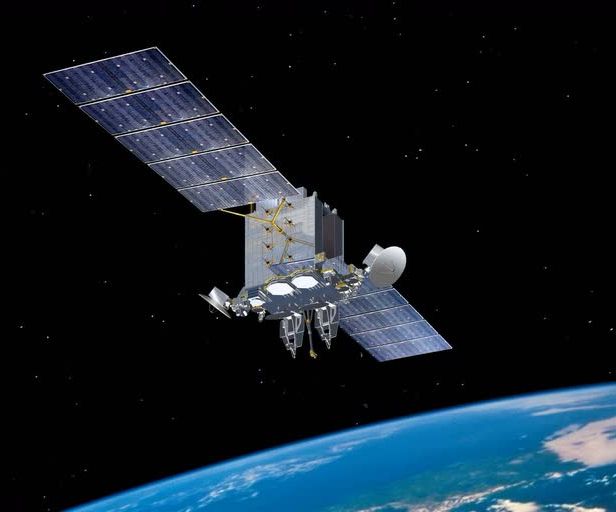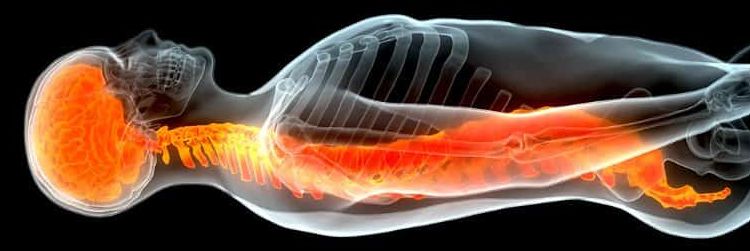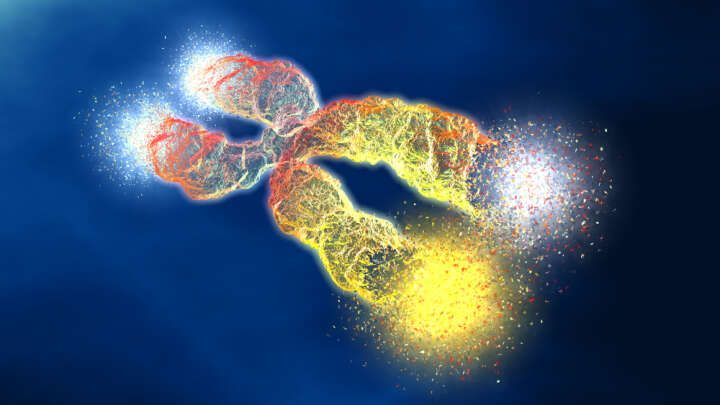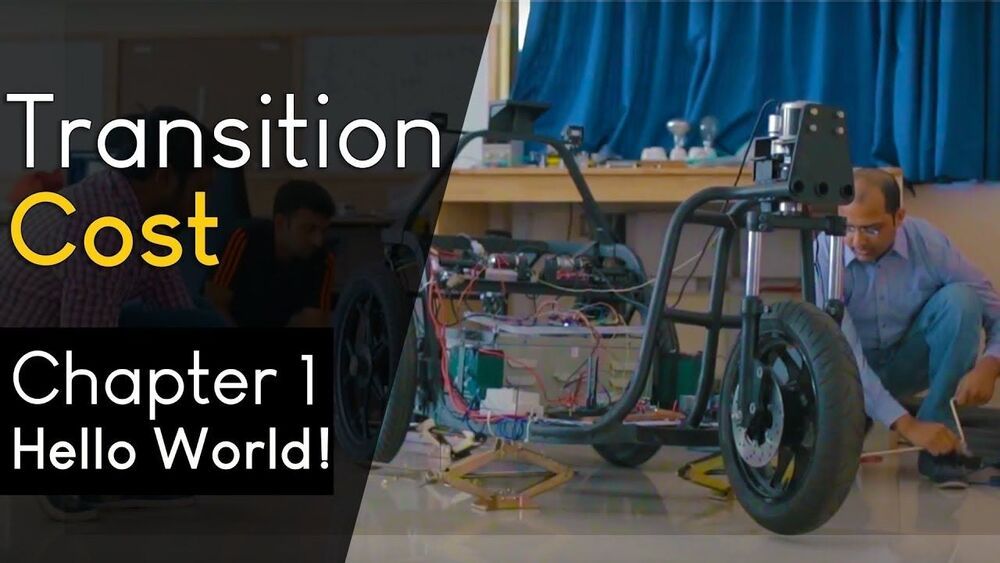Lockheed Martin starts the year with a big space contract. January contract awards showed contract value growth compared to previous years.
AgeX 2020 Shareholder Meeting
Posted in biotech/medical, business
Summary of bio-tech history and technology. iTR at 26 minutes.
Annual corporate presentation from AgeX’s annual stockholder meeting in 2020, presented by Dr. Michael West.
1:39 — Mission of AgeX
7:52 — PureStem.
9:58 — UniverCyte.
13:04 — Business Strategy.
18:28 — Brown Adipose Tissue cell therapy (BAT-1)
23:52 — Vascular cell therapy (VASC-1)
25:14 — Induced Tissue Regeneration (iTR)
31:06 — 2021 milestones.
31:42 — Summary
NU-9, a novel, non-toxic protein, targets upper motor neurons and reverses damage associated with ALS within 60 days of treatment.
Summary: NU-9, a novel, non-toxic compound, targets upper motor neurons and reverses damage associated with ALS within 60 days of treatment.
Source: Northwestern University
Summary: Injecting a patient’s own bone marrow derived stem cells significantly improved motor function within weeks in those with spinal cord injuries.
Source: Yale
New research conducted at the Spanish National Cancer Research Centre (CNIO) in collaboration with the COVID-IFEMA Field Hospital has found patients suffering from severe COVID-19 have shortened telomere lengths.
Internet sleuths solved it in 6 hours!
NASA hid a secret message on the parachute that landed its Perseverance rover down on the surface of Mars last week.
Astronomers think they’ve finally detected the long-hidden, sought-after neutron star remnant at the center of the nearby Supernova 1987A.
Astronomers think they’ve detected long-hidden neutron star remnant at the central core of the nearby Supernova 1987A.
What Is Geometric Deep Learning
Posted in physics, robotics/AI
Bronstein’s paper highlighted how research in many scientific fields such as computational social science, sensors network, physics, and healthcare calls for exploring non-Euclidean data.
Code of the Wild (Documentary) at Hello Tomorrow in Paris.
www.codeofthewild.org to watch the trailer and explore the film.
George Church, Antonio Regalado, and Josiah Zayner discuss designer babies, moratorium on human germ line engineering, and the future of the genomic revolution with Jane Metcalfe, co-founder of Wired Magizine and founder of Neolife (https://neo.life/)
___________________
CONNECT WITH US:
codeofthewild.org.
facebook.com/CodeoftheWild.
@CodeoftheWild (twitter)
@CodeoftheWild (Instagram)
Produced By.
www.RhumblineMedia.com.
Cody Sheehy.
Samira Kiani









